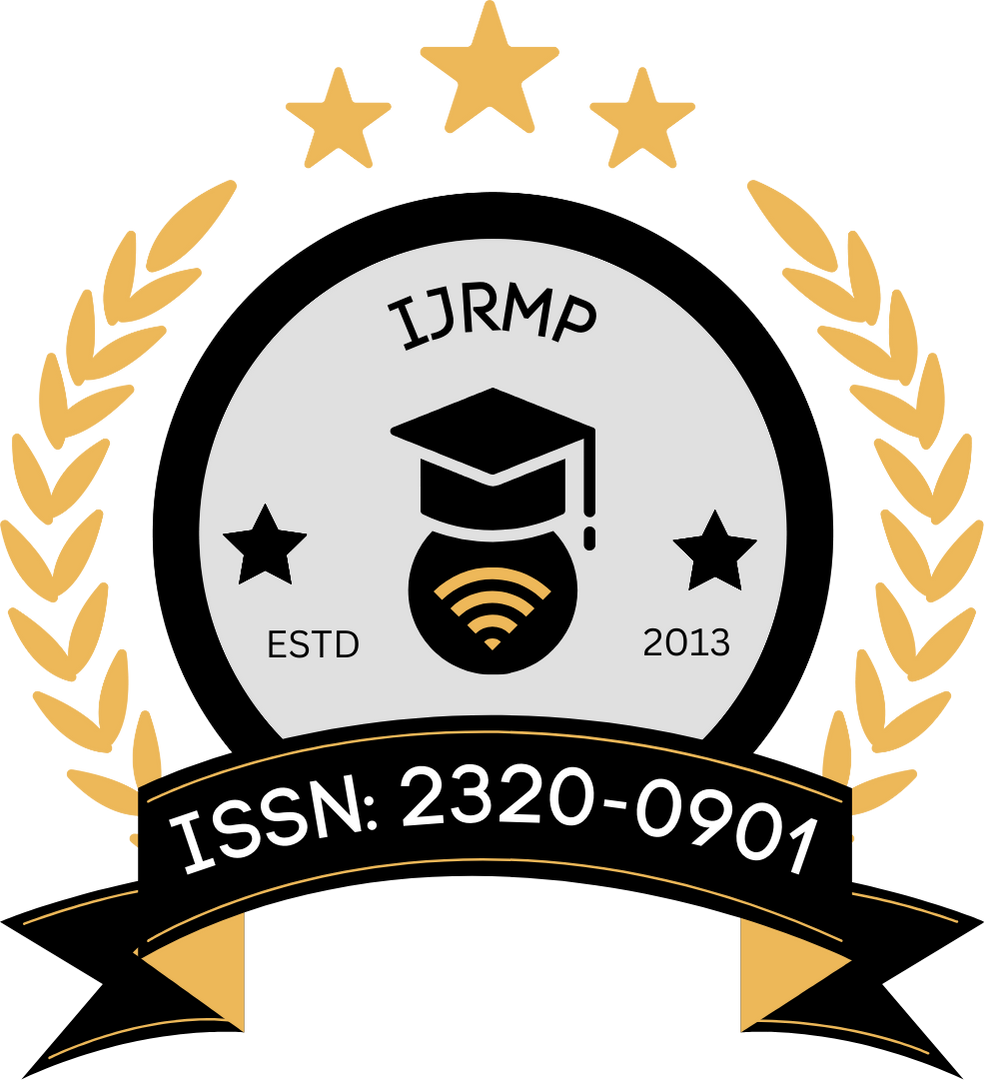![]()
Mohit Kapoor
Independent Researcher
Greater Noida, India
Abstract
The pursuit of reliable, human-relevant pharmacological testing platforms has catalyzed the development of bioengineered organs as alternatives to animal models and conventional in vitro systems. These artificial constructs emulate the structural, mechanical, and biochemical properties of native organs, offering unparalleled insights into drug absorption, distribution, metabolism, and toxicity (ADMET). The advent of tissue engineering, microfluidic technologies, and biomaterials science has enabled the creation of complex, organotypic models such as liver-on-a-chip, heart constructs, and kidney organoids. These systems have demonstrated substantial promise in preclinical drug screening, enabling predictive modeling of human responses with greater precision. This manuscript explores the key developments in bioengineered organ systems for pharmacological testing, highlighting their architecture, cell sourcing strategies, performance metrics, and relevance to translational medicine. The limitations of scalability, vascularization, and physiological integration are also discussed, laying the foundation for future enhancements in bioengineered test platforms.
Keywords
Bioengineered organs, pharmacological testing, organ-on-a-chip, drug screening, tissue engineering
References
- Abbott, A. (2003). Cell culture: biology’s new dimension. Nature, 424(6951), 870–872. https://doi.org/10.1038/424870a
- Baker, M. (2011). Tissue models: A living system on a chip. Nature, 471(7340), 661–665. https://doi.org/10.1038/471661a
- Bhatia, S. N., & Ingber, D. E. (2014). Microfluidic organs-on-chips. Nature Biotechnology, 32(8), 760–772. https://doi.org/10.1038/nbt.2989
- Bhise, N. S., Ribas, J., Manoharan, V., Zhang, Y. S., Polini, A., Massa, S., … & Khademhosseini, A. (2014). Organ-on-a-chip platforms for studying drug delivery systems. Journal of Controlled Release, 190, 82–93. https://doi.org/10.1016/j.jconrel.2014.05.004
- Caralt, M., Velasco, E., & Baptista, P. M. (2015). Humanized models of organ regeneration: Current status and future perspectives. Stem Cell Research & Therapy, 6, 107. https://doi.org/10.1186/s13287-015-0096-0
- Esch, E. W., Bahinski, A., & Huh, D. (2015). Organs-on-chips at the frontiers of drug discovery. Nature Reviews Drug Discovery, 14(4), 248–260. https://doi.org/10.1038/nrd4539
- Griffith, L. G., & Swartz, M. A. (2006). Capturing complex 3D tissue physiology in vitro. Nature Reviews Molecular Cell Biology, 7(3), 211–224. https://doi.org/10.1038/nrm1858
- Huh, D., Matthews, B. D., Mammoto, A., Montoya-Zavala, M., Yuan, H., & Ingber, D. E. (2010). Reconstituting organ-level lung functions on a chip. Science, 328(5986), 1662–1668. https://doi.org/10.1126/science.1188302
- Khetani, S. R., & Bhatia, S. N. (2008). Microscale culture of human liver cells for drug development. Nature Biotechnology, 26(1), 120–126. https://doi.org/10.1038/nbt1361
- Kim, L., Toh, Y. C., Voldman, J., & Yu, H. (2007). A practical guide to microfluidic perfusion culture of adherent mammalian cells. Lab on a Chip, 7(6), 681–694. https://doi.org/10.1039/b618903d
- LeCluyse, E. L., Witek, R. P., Andersen, M. E., & Powers, M. J. (2012). Organotypic liver culture models: meeting current challenges in toxicity testing. Critical Reviews in Toxicology, 42(6), 501–548. https://doi.org/10.3109/10408444.2012.682216
- Lee, J., Cuddihy, M. J., & Kotov, N. A. (2008). Three-dimensional cell culture matrices: state of the art. Tissue Engineering Part B: Reviews, 14(1), 61–86. https://doi.org/10.1089/ten.teb.2007.0150
- Lian, X., Zhang, J., Azarin, S. M., Zhu, K., Hazeltine, L. B., Bao, X., … & Palecek, S. P. (2013). Directed cardiomyocyte differentiation from human pluripotent stem cells by modulating Wnt/β-catenin signaling under fully defined conditions. Nature Protocols, 8(1), 162–175. https://doi.org/10.1038/nprot.2012.150
